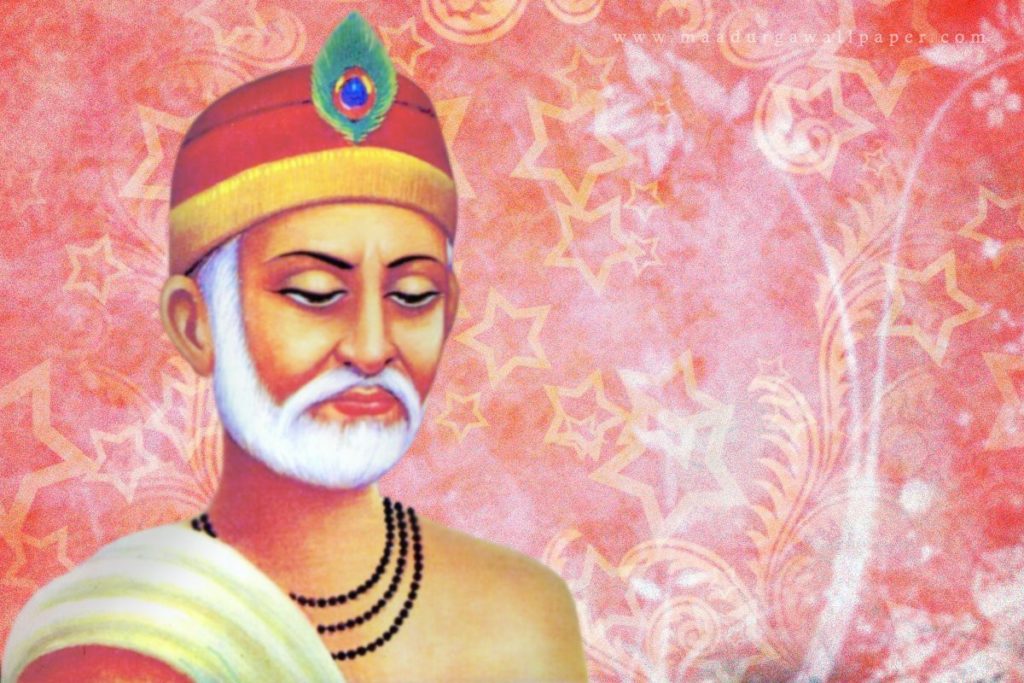
On Kabir and Movement Away from Brahminism!
Kabir panth was registered as a separate religion in 1881 census and subsequent censuses recognised it as a separate religion. After the 1901 census, the Kabir panthis were not counted. It is difficult to know the number of Kabirpanthis in India and abroad today, but judging by the estimates, they must be running in many millions. Kabir was the greatest revolutionary born in the medieval time. His name is Arabic in origin which means “the great” and one of the epithets of the “Muhammad”. Kabir was not a Muslim. He was not a Hindu, either. He was an untouchable Julaha (weaver).
The philosophy that Kabir taught closely resembled the Buddhist tradition. In fact, he composed Dohas on the lines of Dohas composed by great medieval Buddhist figures like Sarah. Kabir continued this tradition of the Buddhists affirming his philosophical roots. After his death, Varanasi became an important centre for organizing Kabirpanthis. Later on, Dharamdas from Chattisgarh had a vision and he further organized Kabirpath.
The Kabirpanth is a different tradition and has a different set of community rituals that makes one the follower of the community of Kabirpanth. The tradition of ordaining people into Kabirpanth is “Mandala” tradition in which the new members are admitted through a “Kalachakra” like a ceremony that is held regularly. The biggest ones attract millions of people and people come from all over India, and the world, to attend these ceremonies.
In the present context, the political implication of Kabirpanth is important and they will surely assert their separate religious status away from Brahminism.
Read also – Kabir: Pandit, You’ve Got it Wrong
Let us try to parallel that with another important religious phenomenon taking place in Varanasi itself. The place is now the most important pilgrimage centre for the new religion called “ravidassia dharam” which was born after the killing of Ravidasi sant in Vienna. The Begumpura, the place of birth of Ravidass” in Varanasi is now visited by millions of people every year on the birthday of Guru Ravidass. The assertion came with the rising Dalit movement and this force is politically more important in North India. That is why the President of Ravidassiya Dharam, Sant Niranjan Dass was invited last year by the RSS to preside over their annual function. It shows the power such religious movements command. Interestingly, when the movement began, it was presided over by Kanshi Ram and later K R Narayanan. Most of the followers of Ravidassia dharam are the followers of Babasaheb Ambedkar.
Why a discussion on this is important because of the political power that can be shaped around these movements: Kabirpanthi and Ravidas. Modi making a visit to Varanasi to celebrate Kabir Jayanti is more of a political affair than a religious one and the “Hindu fundamentalists” know the strength of such mobilizations. Modi critiqued Socialism (Samajvad) and Phule-Ambedkarism (bahujanvad) as selfish in his speech. It shows the depth of malice in the heart of Modi that outwardly he attends such programs but inside he carries disdain for such movements. The Hindu nationalists being in minority have no option, but the fact that strong movements like Kabirpanthis and Ravidassia movement remain politically aloof is a dangerous idea.
Author – Mangesh Dahiwale




Well agreed.